The What and How of Account Management and Customer Success Management in IT
Putting all the eggs you have in the same basket is to be avoided in every walk of life; software development is no exception. Seasoned IT managers and C-suiters know this, so they form, maintain, and upgrade a diverse client portfolio.
In the pursuit of business stability and prosperity, software development companies need versatile professionals to ensure excellence. BrightMarbles Group follows suit in ensuring distinguished professionalism in keeping our clients happy and technically advanced.
Account management and customer success management play a major role in client conversion and retention. This article explains how these two operations interact, what differentiates them from each other, and how they benefit both service providers and their clients.
Account Management Defined

The term account in the phrase account manager refers to an active client.
Now that we’ve made this clear, let’s start from the assumption that every service-providing business wants to keep all – or at least most – of their clients on the client list.
Account managers contribute greatly to reaching this goal by carrying out the following operations:
- Keeping in touch with clients, to supervise each account’s current condition, growth opportunities, and any other collaboration touchpoints.
- Monitoring the competition and listening to the general market pulse to react on time and offer renewals, cross-selling or upselling features in a timely manner to the existing accounts.
- Collaborating with the customer success department to stay informed on all the potential bottlenecks and provide assistance when necessary.
Account specialists and managers must keep track of everything that’s going on with their account. Only this approach ensures that they propose the best additional option for their client in real time.
BM Insight: At BMGH, we take a (pro)active role in supplying each new client with enough information to kickstart the collaboration. As a softdev company, we work with businesses from different fields. Hence, the onboarding process differs from client to client. Our account and customer success managers, as well as technical leads, provide continuous assistance to our clients from day one, mainly via adequate communication and strict time management. Dragana Ječmenica explains how to maintain effective communication between clients and service providers in her article Mastering Client Communication: The Art of Productive Dialogue.
Customer Success Management Explained

Customer success management refers to a set of activities that cater to clients’ needs day after day so that they keep doing business with you.
When your sales specialists have closed the deal, the customer success managers should immediately take over, ensuring that the newly acquired clients get all the vital information for the forthcoming cooperation.
Therefore, customer success managers need to possess knowledge of the sales trade, customer-service qualifications, and finely polished soft interpersonal skills.
Customer success specialists and managers typically focus on the following:
- Client onboarding. Introducing each new client to all the operational, compliance, and security procedures crucial for the future collaboration. This should be a two-way process, meaning that the client has to inform the software service provider about their relevant internal processes.
- Monitoring daily tasks and overcoming obstacles. The CS team in every softdev company is at clients’ disposal day after day to monitor clients’ contentment with everything software engineers deliver regarding the product they’re working on.
- Ensuring seamless support. Only a satisfied customer is a successful customer. Hence, customer success will touch every single base that increases client satisfaction. They actively work with leading engineers, dedicated teams or extended teams, project managers, and any other relevant parties.
- Education and feedback. CS specialists and managers are on the constant lookout for new applicable strategies and tech solutions that would strengthen their clients’ market position and improve the existing technical partnerships. Obtaining recurring feedback is another must-perform activity to stay up to date with their clients’ expectations, issues, and, eventually, conversions.
BM Insight: It’s illusionary to think that account managers and customer success professionals, together with the tech staff, are enough to handle your clients’ needs. From our experience, a highly operational and far-sighted tech company needs various experts on the payroll to keep things moving forward. Sometimes software companies agree that some of their non-tech, in-house teams provide additional services to an existing client or even land a full-scale, independent project because you can never tell what else your next client will need; in addition to core software development services. That’s why we’ve brought together a unique fleet of seasoned senior employees. Read more about it in our blog post The Entourage of IT Projects: The Binding Tissue of IT Software Development.
Making the Best Work Possible | BrightMarbles

Account Management vs. Customer Success Management
We’ve already pointed out that customer success managers and specialists observe the client’s business from an operational point of view. When a tangible problem happens, the CS crew steps in.
Account managers, on the other hand, are more concentrated on the monetary aspect of collaboration – keeping an eye on upselling, cross-selling, contract renewals, and overall financial satisfaction of both service providers and service receivers.
The CS and AM teams need to have clear and continuous communication with each other, and with the client’s representatives, so as to always stay alert in terms of improving a client’s status and progress.
BM Insight: Both the CS and AM sides need to be in constant interplay with the tech stack to fully understand how every project is being developed. Accordingly, account and customer success pundits must learn everything necessary about the referential domain. For instance, if a CS manager and an AM manager are in charge of a client whose mobile app we’re building, they must possess enough technical and project-management knowledge to participate in the process. In our article From Scratch to Full Stack: The Business Lifecycle of Software Development, we explain how software products are created; a useful guide for current and future CS and AM pros.
Key Account Managers
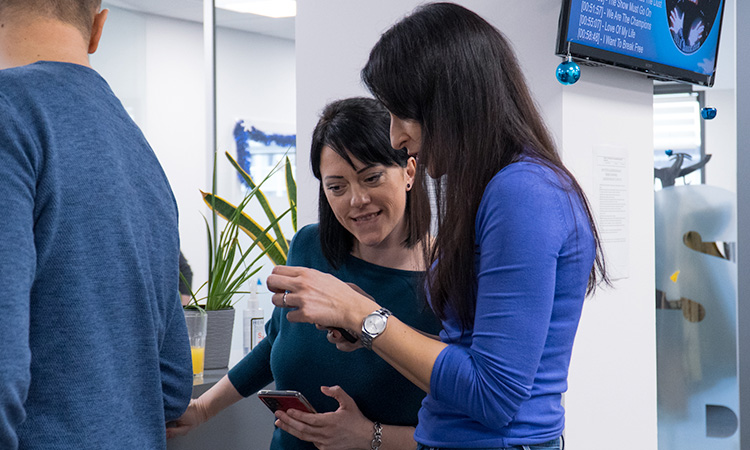
But what are key account managers? In a nutshell, the term key account manager refers to an account management professional who supervises long-term, financially opulent clients. Hence, ordinary, non-key account managers commonly lead short-term, less lucrative clients, which doesn’t mean that ordinary account managers are less important or skilled. It’s the nature and scale of accounts that differentiates key account managers from account managers.
At one point, an account manager might handle a larger client, which would make them a key account manager. Conversely, a key account manager could be assigned a smaller account in the next round of client distribution.
Clients typically prefer working with the same account manager once they’ve built mutual trust and mapped the work process. Startup owners need to bear this in mind.
That being said, business managers in general must avoid the trap of showing more care or attention to wealthier and bigger accounts.
It is the scale of the collaboration and pre-defined processes that differ, not the attitude toward the client.
We’ll get back to key account management below, with some invaluable insights from our top-tier key account manager.
BM Insight: Our CS and AM, as well as key account managers, perform their operations with our clients’ benefits in mind. They’re always looking for the most effective way of providing our software development and testing services to clients who need our expertise, within an optimal time, while maximizing their return on investment.
The Risks of High Customer Concentration

Business management in general isn’t an arbitrary set of actions. Au contraire, we often find some unexpected regularities in companies and industries that have nothing in common.
In the beginning of this post, we used the metaphor of putting all your eggs in one basket.
But what if one egg is significantly bigger than the other ones? Obviously, it means that losing it would make the omelet you were planning to eat for breakfast much smaller.
This is what happens when one account brings in more than 20% of the company revenue. Officially called high customer concentration, it can have different influence on every business, IT companies included.
BM Insight: Closely related to the above is the Pareto Principle – a business-management rule which says that the major share of companies’ revenues is generated from a small number of clients. In numbers, it holds the 80/20 rule, meaning that 20% of company clients bring about 80% of its revenue. While we should take the exact numbers here with a grain of salt, it is true that most companies perform their client acquisition in a way that corresponds to the Pareto Principle.
The Pros and Cons of High Customer Concentration
The key benefits of embracing the high-client-concentration policy are:
- Long-term business relationships,
- Fewer accounts to handle at the same time, and
- Lower expenses for the legal and finance department.
However, if that client leaves, your company will experience a significant revenue drop and cash flow issues. Depending on your size, you might not be able to focus on smaller companies, such as startups, which could bring more profits in the time ahead.
Our business vision is to paint a diverse and colorful picture in every step we make, just as our CEO Boris Berat explains in his interview for the company blog.
BM Insight: Even though we work with large companies, startups have a special place in our hearts. As we weren’t born this way but used to be a small business, we know how much it means to startup visionaries to get an extra hand and accelerate their growth. Our Marketing Analyst Nastasija Trajanova has put together a guide Navigating the Tech Sea: Tips for Seed-Stage Companies that helps new business owner enter the entrepreneurial waters.
Client Management from the Inside
BrightMarbles Group Holding started as a core software development company. However, as our client list kept growing, we were able to hire a variety of senior experts for different niches. Now we’re a versatile business entity that covers a wide range of digital services.
As our Chief Experience Officer Nevena Nemeš explains in her article Empowering Brands through Full-Spectrum Digital Services: Bright Marbles Approach:
“We have grown and adapted to become a dynamic digital powerhouse. Our evolution is a nod to our genuine passion for innovation, creativity, and a user-first approach. All of these align with our core mission: helping brands not just survive but excel online.”
Nevena handles several new accounts which have opted for our unique smorgasbord of integrated digital services. In addition to software development services, BMGH covers UI/UX design, content marketing in all its forms and videography in all its formats. For instance, if we build your app, you can also get top-notch UI, with polished UX copy, and a promo video.
Q&A with our Chief Experience Officer
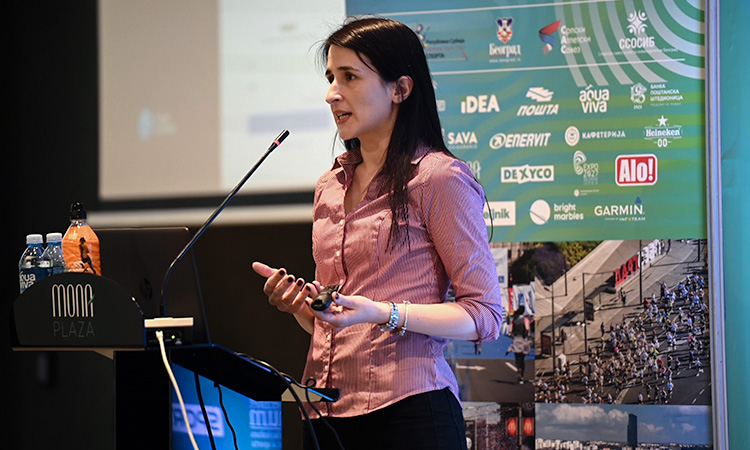
Now hear what Nevena has to say about our current and future goals in terms of account & customer success management and client satisfaction:
Q: “Nevena, how has the evolution of BrightMarbles changed the way you approach client relationships?”
A: “The growth of BrightMarbles has broadened our horizons significantly. As we expanded our suite of services, we’ve learned to understand our clients from multiple perspectives, not just from a singular product or service standpoint. We observed a trend of clients seeking more integrated digital solutions and, therefore, reassessed our account management strategies. Instead of merely meeting client requirements, we transitioned to a more proactive approach – forecasting their needs and advising on the latest digital trends. This elevated our role from just a custom software provider to a full-fledged trusted digital consultant.”
Q: “In terms of mixed digital services, how do you feel this abundance of options enhances the client experience?”
A: “Our mixed digital services approach means we’re not just a one-stop solution; we’re a partner in our clients’ journey. Each of our services complements the other, allowing us to provide a holistic experience. Hence, our clients don’t have to jump between different vendors but get a seamless service tailored to their needs. For instance, a well-designed UI backed by powerful content can drastically enhance user experience, leading to customer success. It’s about building an ecosystem where all elements work in harmony.”
Q: “With the complex nature of software development, how does BrightMarbles ensure a smooth client onboarding process and long-term success?”
A: “Our onboarding process is meticulously designed to introduce clients to our ecosystem, ensuring they understand how to leverage our services for maximum benefit. The customer success managers play a crucial role here, guiding the clients through every step and addressing any queries or concerns they may have. We also have a robust feedback loop in place, allowing us to continuously refine our onboarding process and client management practices based on real-world experiences. What’s more, leveraging data-driven insights enables us to make informed decisions and provide strategic guidance to our clients.”
Q: “How does BrightMarbles ensure alignment between the account management team, focusing on growth, and the customer success team, ensuring satisfaction?”
A: “At BrightMarbles, we conduct joint sessions where both teams share client feedback, milestones achieved, and upcoming opportunities. This keeps both teams updated and ensures that while we’re seeking growth, we’re not compromising on existing client satisfaction.”
Q: “Finally, what advice would you give to other IT companies looking to strengthen their account management and customer success functions?”
A: “Invest in training and development for both your account managers and customer success managers. Ensure they have a deep understanding of the IT industry, your products, and services, and foster a culture of collaboration and continuous improvement. By doing so, you not only enhance client satisfaction and retention but also drive sustainable growth for your business.”
Conclusion
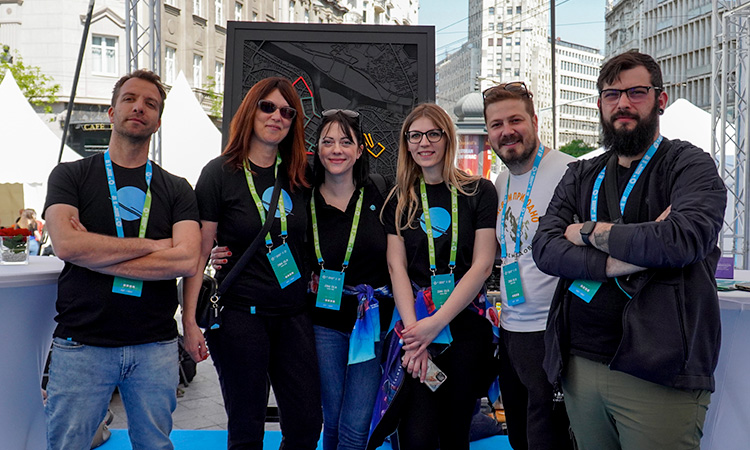
In the IT sector, understanding the distinct yet collaborative roles of Account Management and Customer Success Management is key to nurturing enduring client relationships. Just as these roles require clarity and precise delineation, so does the process of selecting a partner in the digital realm. When it comes to finding the right digital product development agency, it’s all about aligning with an agency that understands and caters to your specific needs. To help guide you in making this crucial choice, you might want to explore these 10 key aspects.
We’ve come to the end of this guide. Ready to elevate your business with industry-leading account and customer success management strategies? Talk to our experts at BrightMarbles today!
About Author
Pavle Bobić, BrightMarbles’ resident wordsmith extraordinaire. With a passion for wordplay and a keen eye for eye-grabbing marketing materials, Pavle has been producing top-quality web content and copies for fintech, IT, and eCommerce since 2013. Now he keeps sharing his wealth of experience and expertise as part of the BrightMarbles team, making an impact by creating distinguished content across various digital channels.




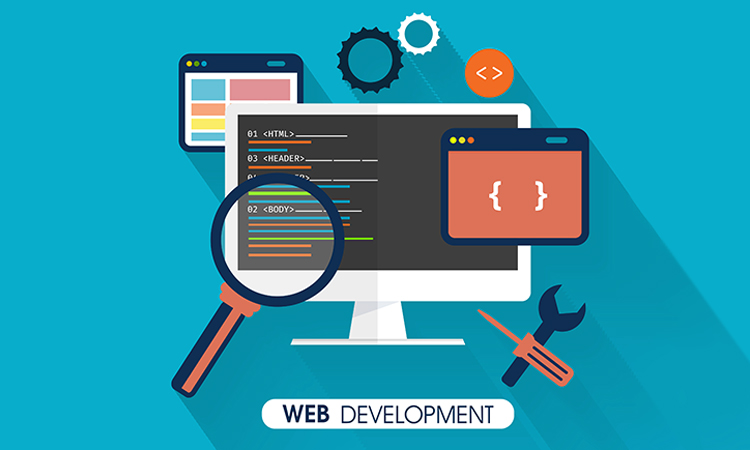





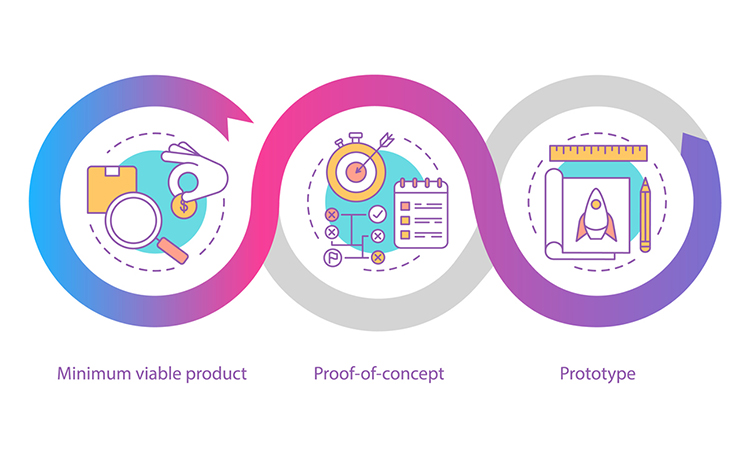










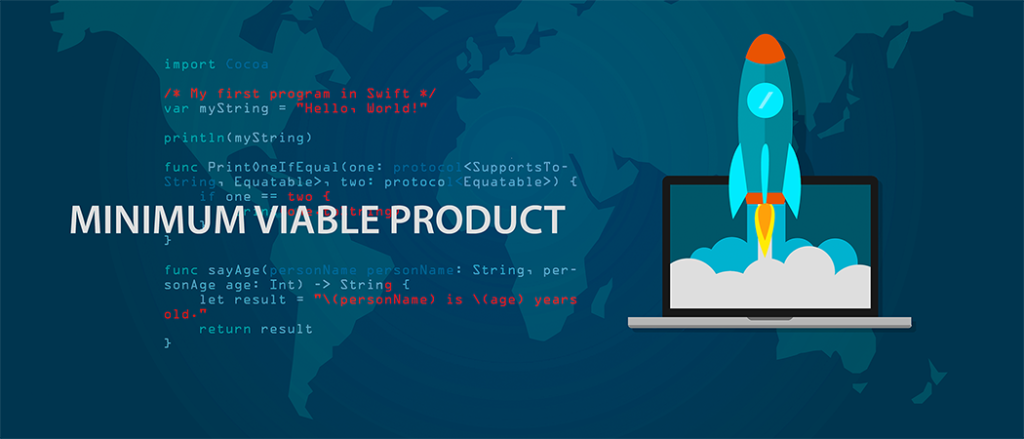















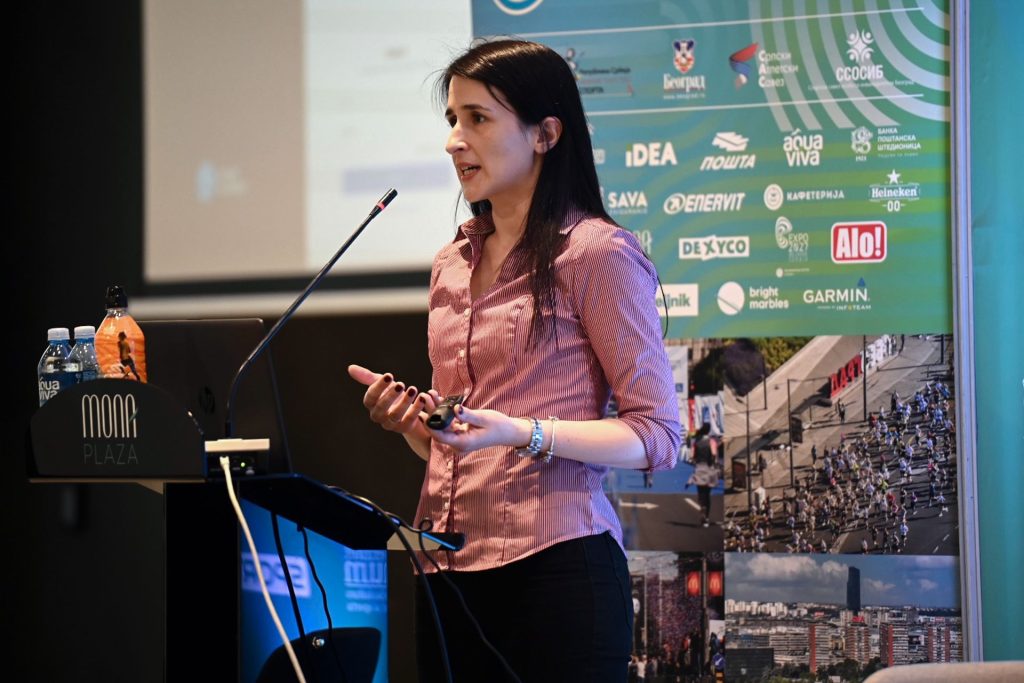
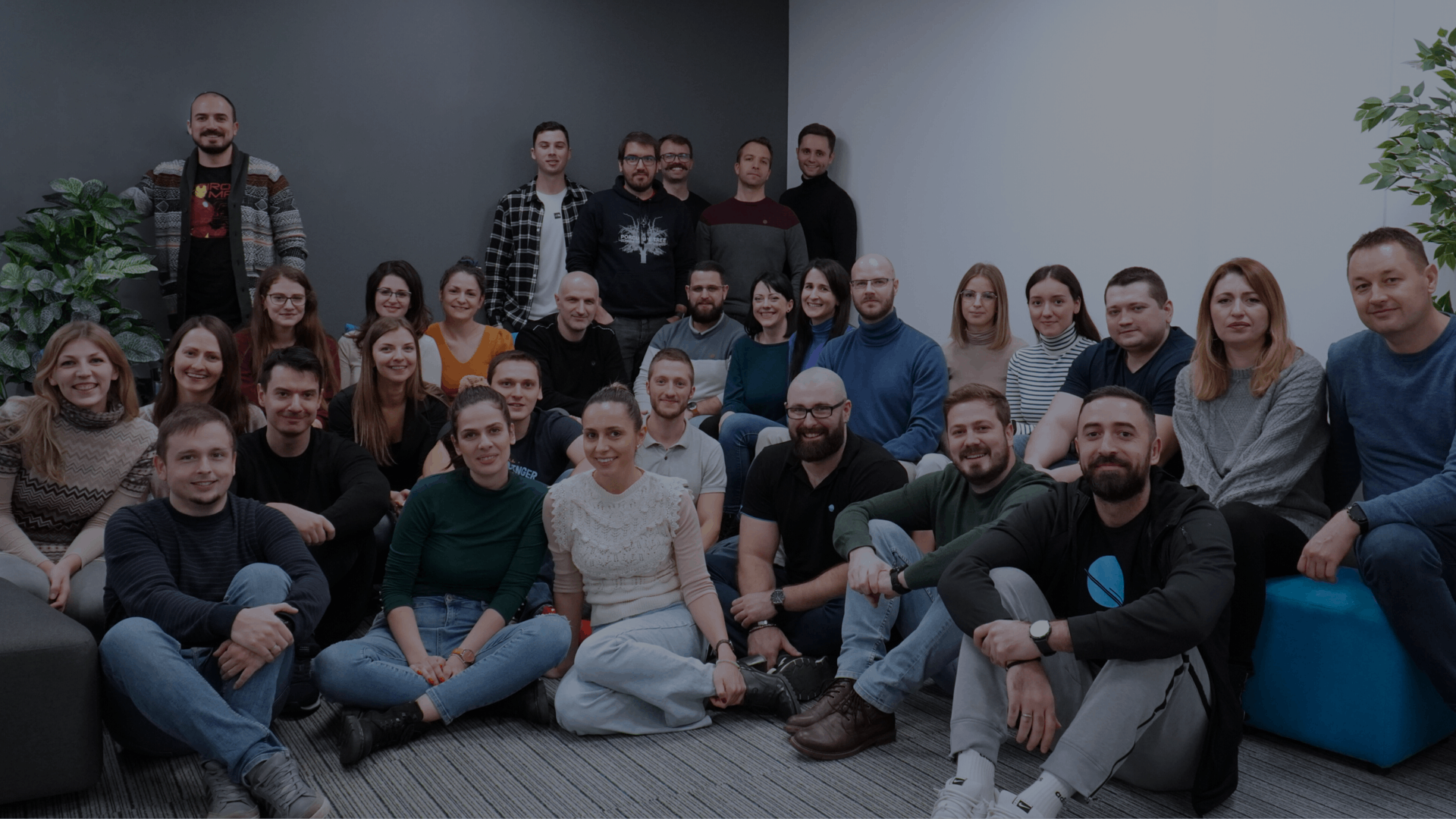



Comments16
Lorem ipsum dolor sit amet, consectetur adipisicing elit. Ipsa iste inventore rem Community Guidelines.
by Simon & Garfunkel
by Simon & Garfunkel
by Simon & Garfunkel
by Simon & Garfunkel